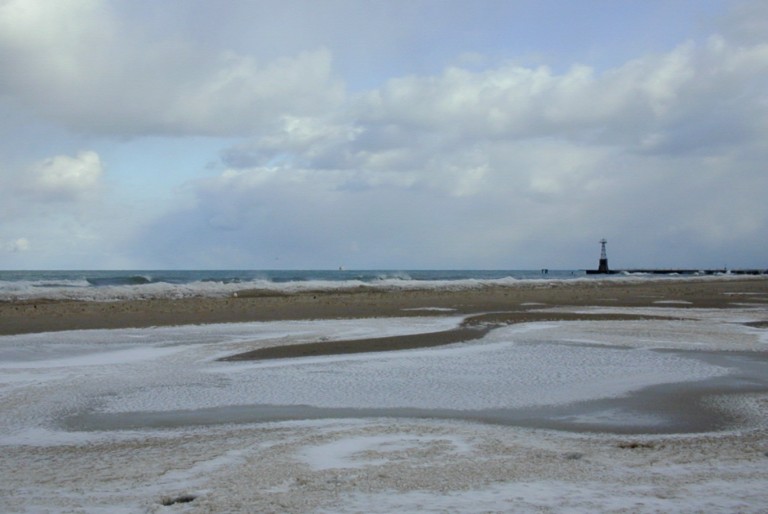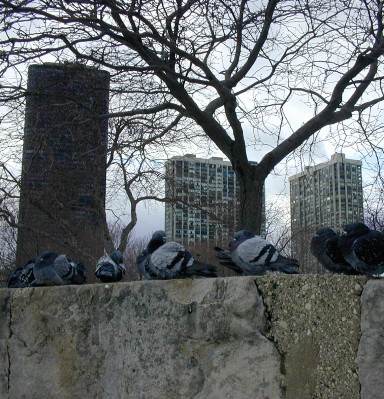Calatrava Spire, if that's what you want to call it
Earlier this week, updated designs were unveiled for Santiago Calatrava's gigantic Chicago skyscraper. The Calatrava Spire, according to the current plan, will twist more dramatically than Calatrava's Turning Torso building in Sweden, and previous versions of the Spire have been compared to drill bits and birthday cake candles. Early designs were topped by a tapering needle; later ones widened the top to accommodate more floor space. Now the design calls for a rounded dome. Which suggests a different comparison. I won't be the one to say what that is, but maybe the reader will be interested in a blurb I wrote a while back about Barcelona's La Torre Agbar.
The white-haired poet said that Chicago was the city of big shoulders. If the Calatrava spire gets built, we'll have to amend that to "city of big spires" (wink wink). But aside from the resemblance to a certain body part, there is much reason for concern. Most worrisome is its gargantuan size. At 2,000 feet, it would be more than a third taller than the Sears Tower, Chicago's current tallest building. From an aesthetic point of view, the Calatrava spire will transform a harmonious skyline, which prominently features a building that actually has shoulders, into one that is dominated by a single, oversized column.
From a functional standpoint, its size might be an even greater liability. Early designs called for a mixed-use building (a good thing), including a hotel on the lower floors. But the economics didn't work. The developers (Shelbourne) decided it needed more residential condominium units, which eventually displaced all other uses (a bad thing). What was once expected to be a 500-unit building is now designed for 1,300 very expensive units. To fill this one building, they'd have to absorb 0.1% of the city's population.
We might expect problems with too many people and too many cars and ask: where is the benefit to the public domain? Yes, the developers have committed to redevelop DuSable Park immediately to the east of the proposed building. But the park is across the Outer Drive from the Spire, and if they build it, will they come? Green space does not, by itself, attract visitors. This harks back to an old vision of cities that was popular two or three generations ago. The modern city would be vertical, separated from the ground. And the vertical towers would be separated from each other by a spaghetti bowl of expressway ramps, and beneath them would be acres of green grass. Maybe the inhabitants of this city would even wear white coveralls and orange-tinted goggles -- that would be cool. But people don't live like that.


